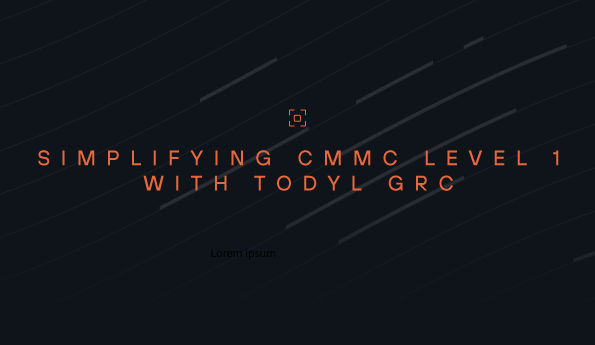What to look for in a consolidated security platform
The current cybersecurity landscape is full of point solutions and siloed data that leave organizations vulnerable. IT-Harvest, the largest cybersecurity vendor database, counts 3587 companies across 17 categories. Although each tool may address a specific need, managing and integrating them can create inefficiencies, increased costs, and critical gaps in security programs.
Consolidated security platforms have surged in popularity as organizations seek to streamline their defenses against ever-evolving threats. These platforms offer an exciting premise: managing diverse security functions like Secure Access Service Edge (SASE), Security Information and Event Management (SIEM), Endpoint Security (EDR+NGAV), and Managed eXtended Detection and Response (MXDR) through a single user interface. However, not all platforms are built the same. Before diving headfirst into an "all-in-one" solution, careful consideration is crucial.
Here are some key questions to ask as you’re evaluating different cybersecurity platforms:
1. Is the platform purpose-built or created by “stitching” solutions together?
Cobbled together “platforms” created through acquisitions often still require multiple panes of glass and additional setup and management to get them to work together.
Stitching together solutions in this way is more of a play for billing consolidation instead of true consolidation, so you won’t experience many core benefits of an all-in-one platform.
2. What is the breadth and depth of the platform?
A consolidated platform should provide multiple capabilities across product categories through a single management interface. A truly all-in-one platform should do more than just protect an endpoint—it should have coverage of endpoints, network, and cloud environments.
3. Is the platform “open” or “closed”?
Because of the span of capabilities, the solution needs to play well with other tools and their data.
Platforms fall into one of two categories: open or closed. Open platforms are customizable and offer numerous integrations with other products. This allows teams to pick and choose the solutions that best fit their needs, integrate them into their security platform, and future-proof their investment. Closed platforms, however, usually only integrate with that same provider’s products.
4. How customizable is the platform?
A consolidated platform must allow you to customize its functions to fit the unique needs of your business and different risk profiles.
For example, if you have a hybrid workforce, you need a platform that allows your in-office workers to only utilize part of it since they sit behind a secure firewall. However, remote workers logging in from home offices or coffee shops need a more robust set of security features.
5. What is the total cost of ownership?
Wrapping multiple functions together should cost less than the sum of its parts. If overall costs aren’t lower, then the total cost of ownership of utilizing the platform should be.
A consolidated platform can reduce costs indirectly in a variety of ways, mainly by boosting internal efficiency. For example, point solutions create a lot of operational overhead when onboarding a new user. Deploying one platform rather than 10+ tools, you save valuable time.
6. Will the platform improve your operational efficiency?
It should be easy to use all the functions. If you feel like you’re still switching between interfaces and utilizing multiple logins, the platform is failing to provide true consolidation.
7. Does the platform offer robust support and education?
The promise of a consolidated platform is only having to interface with one vendor and one support team for any issue.
Beyond a robust support team, the platform should educate and empower your team to best use the technology. Knowledge gaps pose a massive threat to your business's security so a platform with built-in training and education that closes this skill gap is critical.
How Todyl delivers true consolidation
If you’re interested in leveraging an all-in-one platform to consolidate your security stack, Todyl can help. Todyl's security platform is the only all-in-one security solution on the market that combines Endpoint Security, SIEM, SASE, MXDR, and more into a single-agent platform.
With Todyl, you get:
- A single lightweight agent
- 14 point solutions consolidated in six integrated platform modules
- One pane of administrative glass
- One vendor relationship for onboarding, deployment, and support
- Less than one hour deployment time, on average
Book a demo today to see how it can benefit your organization.
See Todyl in Action
Learn how you can protect what you built.
Stay on the Cutting Edge of Security
Subscribe to our newsletter to get our latest insights.



